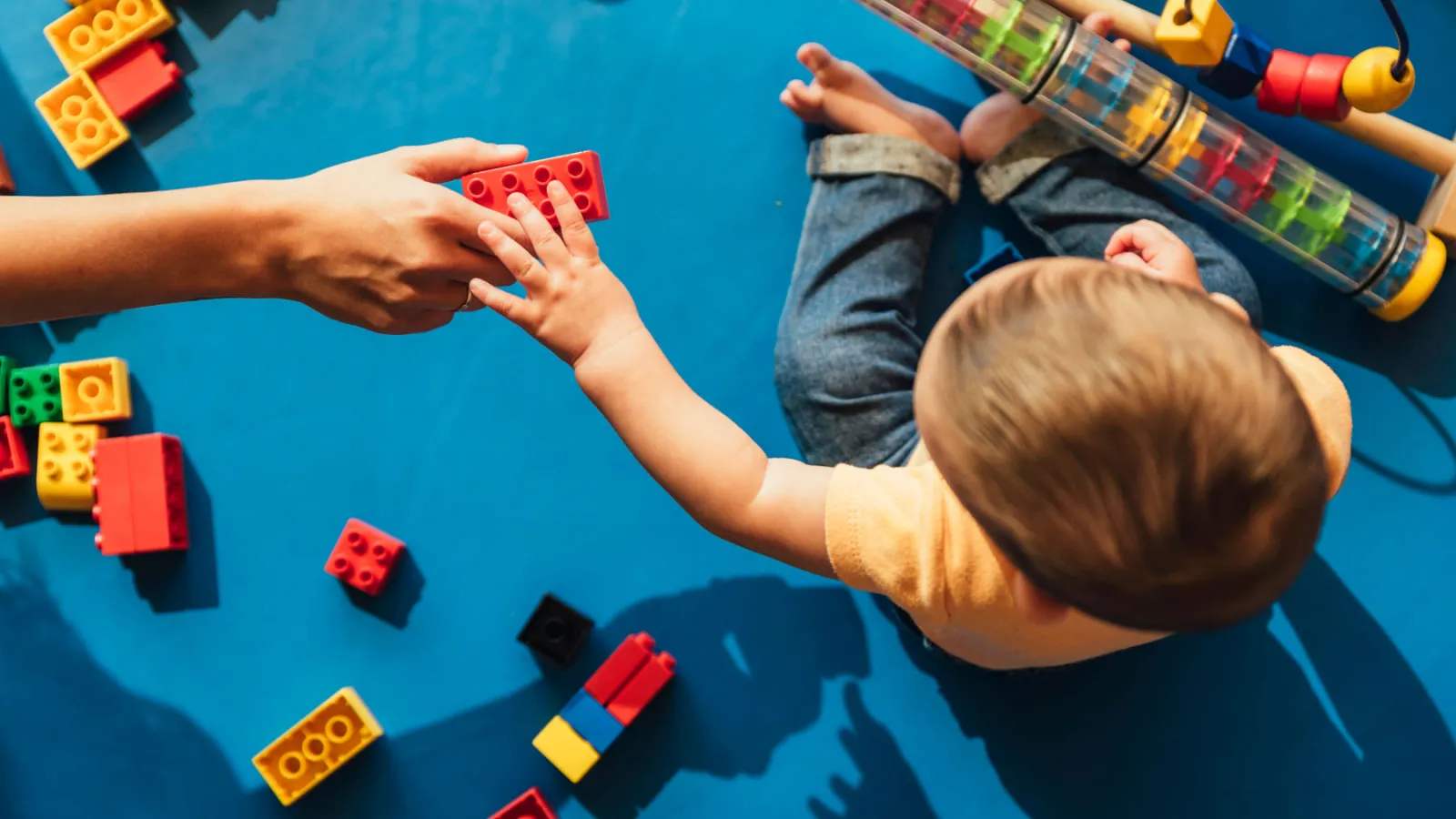Banner

Title
resources
Resource Library
Our Resource Library contains materials and assistance for early childhood educators and those they serve. Explore our selection of podcasts, tip sheets, websites, documents, and self-study courses.
Results: Page 211 of 219
| Resource Name | Description | Resource Type |
|---|---|---|
| Wax Akhriska iyo u Sheekaynta Caruurta Qaybta 1: Faa'iidooyinka Akhriska iyo u Sheekaynta Caruurtu u Leeyihiin Waxbarashadda (Reading with Children Part 1: Advantages that Support Learning) | Baro muhiimada iyo faa'iidooyinka akhriska iyo la wadaagida sheekooyinka u leedahay carruurta. Learn the importance and advantages of reading and sharing stories with young children. | Podcast |
| Ways to Use - Raising Young Children in a New Country | The handbook was created for Early Head Start/Head Start programs, Refugee Resettlement, Migrant and Seasonal Head Start (MSHS), Early Care and Education Providers and other community agencies serving refugees and immigrants to ensure that families have the basic information they need for raising children birth through age five in this country. The Handbook emphasizes the following six themes: family well-being, safety and protection, guidance and discipline, healthy brain development, early learning and school readiness, and connecting to early care and education | Document |
| Wearing Masks - A Social Story | Need to talk with little ones about wearing masks? Here is a printable social story with full color photos from The National Center for Pyramid Model Innovations (NCPMI). | Document |
| Weighted Objects and Deep Touch Input | In this podcast, Cindy Croft and Priscilla Weigel talk with Gina Gibson, Occupational Therapist, Fraser, Minnesota, about guidelines for using weighted objects and other sensory interventions with young children. | Podcast |
| Welcoming Babies! Partnering with Parents to Ease the Transition to Child Care | How do we welcome babies and their families into our childcare programs? Join Beth Menninga, RBPD Manager at CICC, as she talks with Sheryl Warner, Family Child Care Provider, as Sheryl describes her walk with parents and babies who are coming to her childcare program for the first time. Attending to parenting approaches; ongoing conversation and coordination; helping children adapt to new routines; self-awareness and tenderness are all discussed as a part of establishing the relationship with families as a key element to welcoming babies. | Podcast |
| Wellness Garden Activities | From the Head Start National Center on Health, Behavioral Health, and Safety: You will find one wellness activity in this packet for each of the eight petals of the Cultivating Wellness flower: emotional, spiritual, intellectual, physical, environmental, financial, social, and occupational. Each activity guides participants a little further in their wellness journey. Whether the activities are useful on a personal level or something you can use to support others, we hope these ideas serve as “seeds” to help further cultivate wellness! Use the activities as is or adapt them to make them work best for you. | Document |
| WHAT CAN BE DONE TO MAKE OUR CENTER GREEN? | "With the ubiquity of usage that the term “green” has seen in recent years, this question is on the mind of center directors, teacher and staff members throughout the world. This guide is an attempt to answer these questions: “What does ʻgreenʼ even mean?” and “What can I be doing in my part of the world to help our center become more “green?”This eco-friendly guide compiled by Adam Neugebauer, based on a review of resources recommended by the nature action collaborative for children leadership team. | Document |
| What Could Make Less Sense than Expelling a Preschooler? | A recent blog from the American Psychological Association?s Public Interest Directorate features an article entitled What Could Make Less Sense than Expelling a Preschooler? | Document |
| What Does a Child Learn From Play? | When a parent picks up a child from child care, one of the first questions they ask their child is, "What did you do today?" The usual answer is "I Played." In the parent?s mind, there may not be a connection between the value of play and its impact on a child?s learning, but every experience a child has is a learning experience! | Document |
| What Does it Mean to use Ongoing Assessment to Individualize Instruction in Early Childhood? | Using ongoing child assessment to individualize instruction is considered a best practice in early childhood education1 and is a requirement in the Head Start Performance Standards.2 Teachers who use ongoing assessment to individualize instruction may reduce the school readiness gap for children at risk, deliver more effective instruction, and have students who achieve better outcomes. | Document |
Results: Page 211 of 219